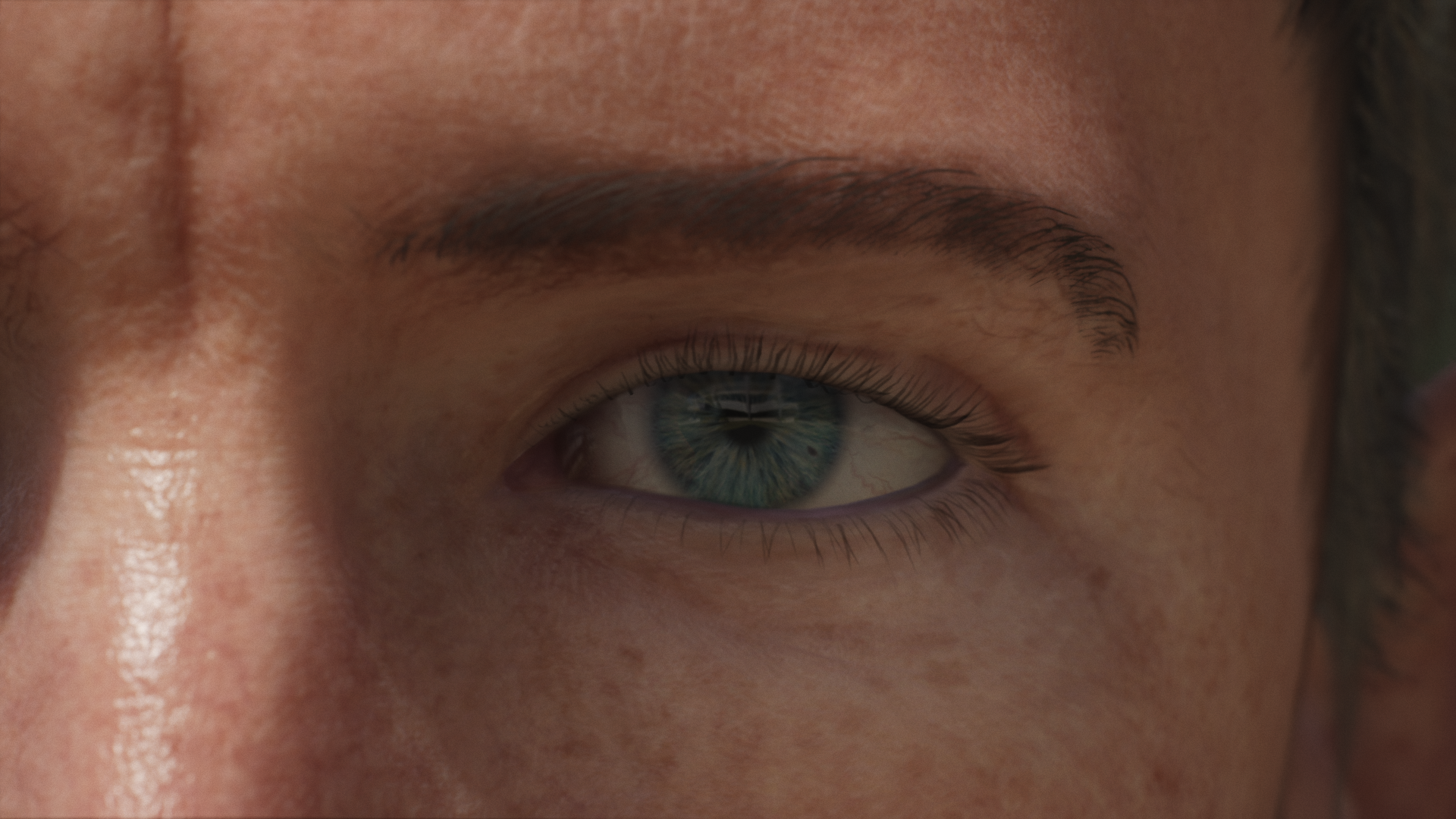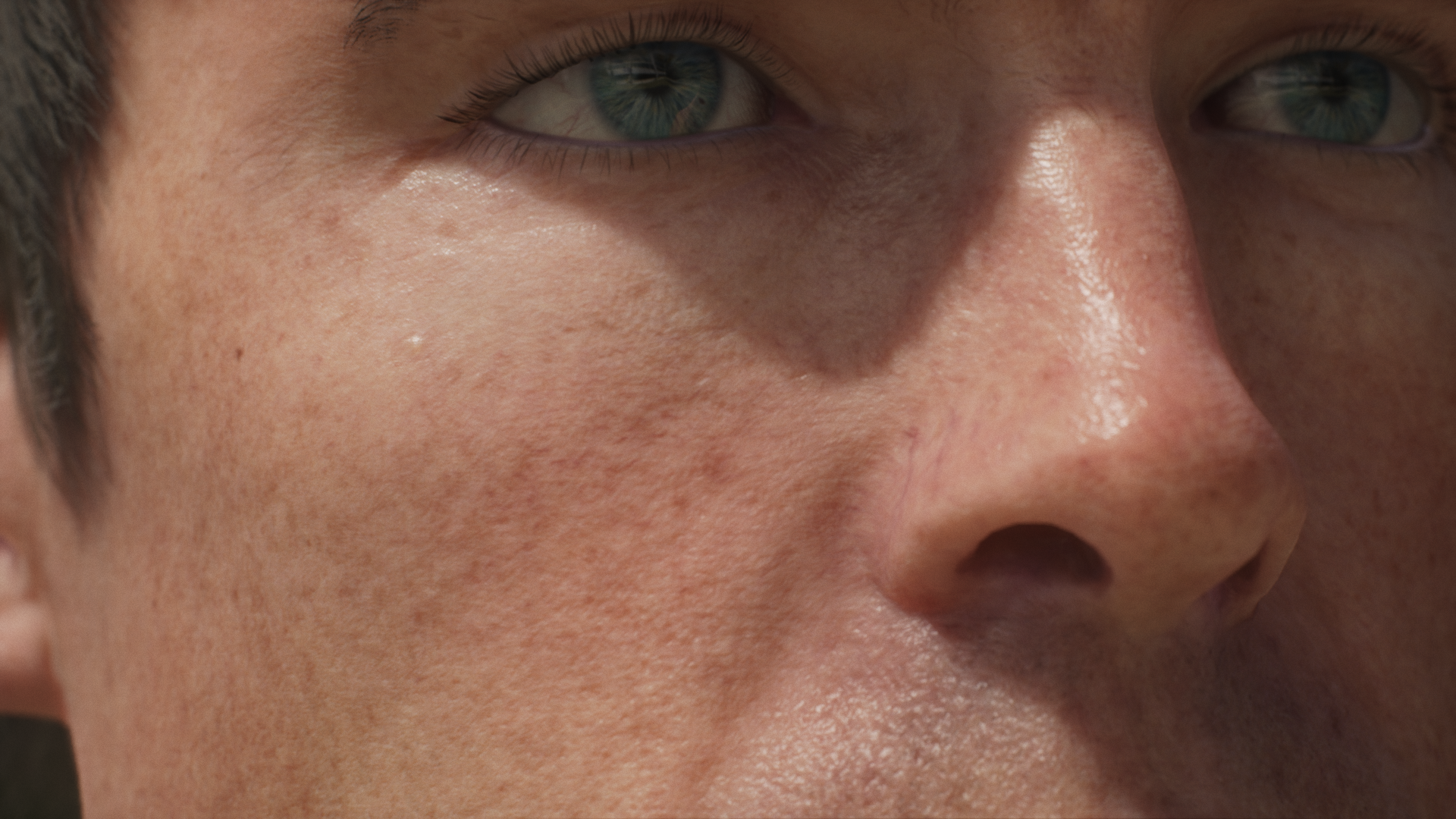Epic Games Pushes Graphics Fidelity With Photorealistic Character Model
Epic Games is making strides towards photorealistic graphics. To that end, the company released an incredibly detailed character model and documentation to help artists use it as a template to create their own models.
Photorealism is the holy grail of computer generated graphics. For years, experts have predicted that photorealistic computer graphics weren’t far off. As hardware gets more powerful and graphics engines gain more robust feature sets, 3D rendered art gets closer to being indistinguishable from the real world.
Epic Games is no stranger to realistic graphics. The developer behind the Unreal Engine put significant effort into advancing its texture shading technology over the last couple. Epic developed new shading techniques for eyes, skin, and hair to help create realistic character models in Unreal Engine. Now, the company is showing off the fruits of its labor with the release of a photorealistic character model that anyone can use.
Epic Games believes in sharing the wealth of knowledge that it acquires. The company said the character model is free to use in any Unreal Engine 4 project, and it includes all the documentation you’ll need to learn how to use the assets and the create your own photorealistic characters.






The model features textures created from scans taken with OTOY’s facial scanning technology. The character’s face is detailed such that you can make out individual pores and veins below the surface of its (his?) skin. You can also see the blood vessels in the character’s eyes.
The photorealistic character model showcase is available in the Epic Games launcher under the Learn tab. Open it with the editor to view a cinematic pan around the model. If you wish to implement the character or a variation of it into your project, you can find the documentation on the Unreal Engine website.
Get Tom's Hardware's best news and in-depth reviews, straight to your inbox.
Kevin Carbotte is a contributing writer for Tom's Hardware who primarily covers VR and AR hardware. He has been writing for us for more than four years.
-
dstarr3 Because as we know, ultra-detailed photo-realistic graphics makes every game better always. Never played a bad game that looked good, nope nope.Reply -
lun471k I can definitely tell that when you have the power to run a game at Ultra, the gaming experience becomes way better (in my opinion) than at Very Low.Reply
I played PlayerUnknown's Battlegrounds at Ultra and now I'm stuck at very low because of foliage issues (early access game) and I miss playing at Ultra settings a lot. That kind of research is not only good for regular games, but if photorealistic VR comes sooner, the experience will be even more stunning.
I love when things are beautiful and detailed, especially since I spent money on hardware to play games with better graphics in the first place. -
dstarr3 Reply19548061 said:I can definitely tell that when you have the power to run a game at Ultra, the gaming experience becomes way better (in my opinion) than at Very Low.
I played PlayerUnknown's Battlegrounds at Ultra and now I'm stuck at very low because of foliage issues (early access game) and I miss playing at Ultra settings a lot. That kind of research is not only good for regular games, but if photorealistic VR comes sooner, the experience will be even more stunning.
I love when things are beautiful and detailed, especially since I spent money on hardware to play games with better graphics in the first place.
Yeah, but a bad game is still a bad game, no matter how good it looks. I'll take a good ugly game over a bad pretty game any day of the week. -
clonazepam Reply19548115 said:19548061 said:I can definitely tell that when you have the power to run a game at Ultra, the gaming experience becomes way better (in my opinion) than at Very Low.
I played PlayerUnknown's Battlegrounds at Ultra and now I'm stuck at very low because of foliage issues (early access game) and I miss playing at Ultra settings a lot. That kind of research is not only good for regular games, but if photorealistic VR comes sooner, the experience will be even more stunning.
I love when things are beautiful and detailed, especially since I spent money on hardware to play games with better graphics in the first place.
Yeah, but a bad game is still a bad game, no matter how good it looks. I'll take a good ugly game over a bad pretty game any day of the week.
The Surge might be the latest entry in this category. If you can't animate, write, voice, or program accurate hitboxes, only the suckers will fall for a "pretty" face. -
Anoraki Game devs really need to lean closer to being dynamic rather than photorealistic. The game doesn't have to look like real life to look good. Dynamic blood flows, bone physics, and destruction is a must.Reply -
clonazepam Reply19548391 said:Game devs really need to lean closer to being dynamic rather than photorealistic. The game doesn't have to look like real life to look good. Dynamic blood flows, bone physics, and destruction is a must.
You missed the most important part of dynamic. Dynamic light and shadows can be enough for stick figures to come to life. -
RomeoReject You're treating it as though a game can either be pretty, or good. They're not mutually exclusive points. There is absolutely no downside to this, DStarr. If someone is aiming for a somewhat realistic-looking game, why not make it look as good as possible? There's few things more immersion-breaking than when your brain realizes it's looking at something fake (See: Mass Effect Andromeda).Reply -
Somasonic Photorealism isn't going to suit all games or be some holy grail that will make all games look good. Artistic style counts for a lot, and I'd rather see a lot of stylistically interesting games than fully realistic ones. Also I'm not sure I'm keen on photo-realistic violence and gore (but can handle it easily in the style of e.g. Doom).Reply -
kcarbotte Reply19550060 said:Photorealism isn't going to suit all games or be some holy grail that will make all games look good. Artistic style counts for a lot, and I'd rather see a lot of stylistically interesting games than fully realistic ones. Also I'm not sure I'm keen on photo-realistic violence and gore (but can handle it easily in the style of e.g. Doom).
From a technical standpoint, photorealism is still the holy grail of graphics fidelity. That's not to say that every game should use such technology.
